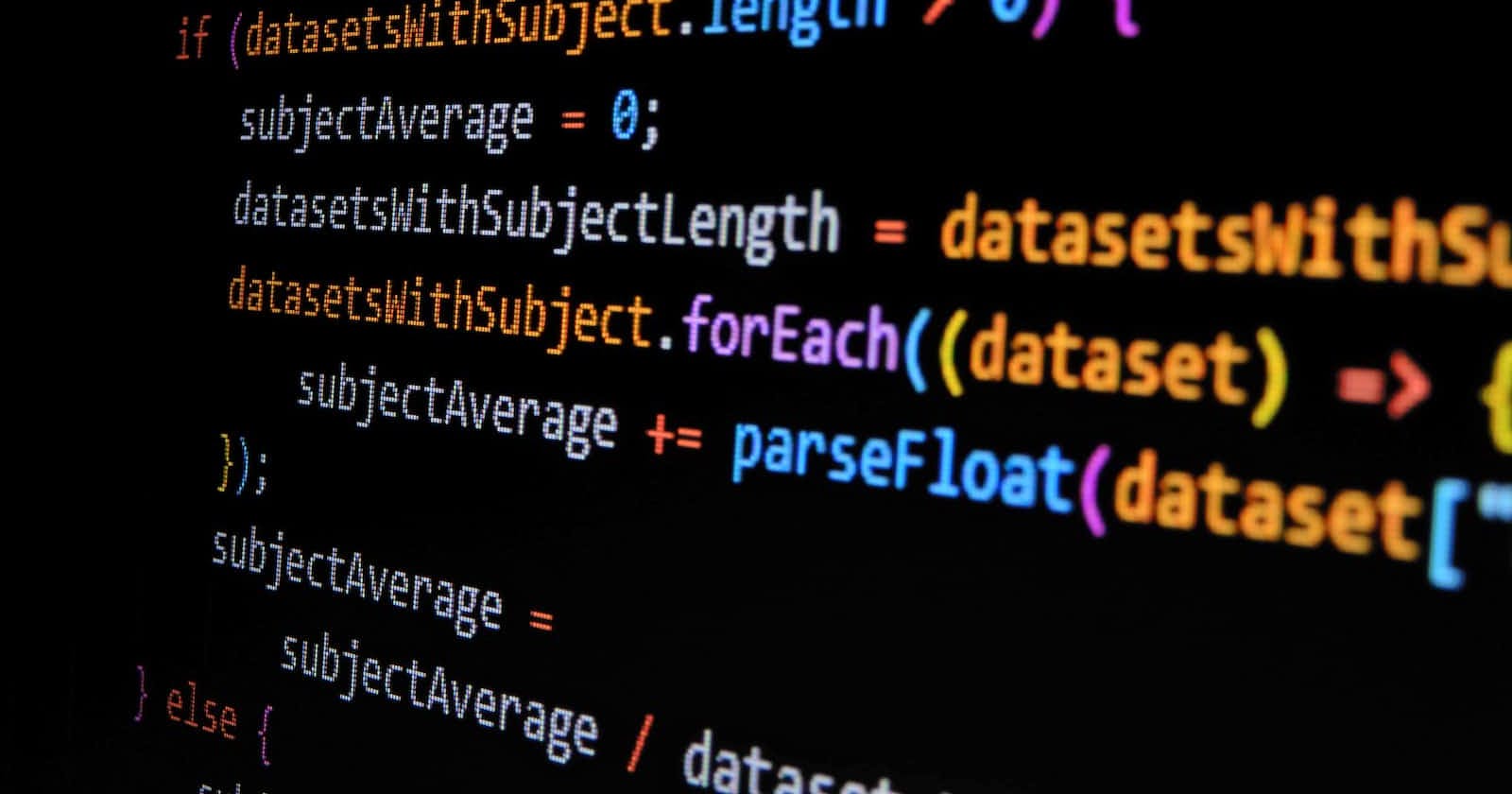Table of contents
Cloning an object in JavaScript is an important operation that allows you to create a copy of an existing object without modifying the original. This can be useful in many situations, such as when you want to make changes to an object without affecting the original or when you want to pass an object to a function without modifying it.
There are two main types of cloning in JavaScript: shallow copy and deep copy. Shallow copy creates a new object with the same properties as the original, but the values of the properties are references to the original object's values. Deep copy creates a new object with the same properties as the original, but the values of the properties are copies of the original object's values. In this blog post, we will explore how to clone objects in JavaScript using both shallow copy and deep copy using the popular JavaScript library Lodash.
Shallow Copy
Shallow copying of an object is a simple operation that can be achieved using Lodash's clone method. This method creates a new object with the same properties as the original object, but the values of the properties are references to the original object's values.
Here's an example of how to use the clone method:
const originalObj = { name: 'John', age: 30, address: { street: 'Main St', city: 'New York' } };
const clonedObj = _.clone(originalObj);
console.log(clonedObj === originalObj); // false
console.log(clonedObj.address === originalObj.address); // true
In this example, we first create an object called originalObj with three properties: name, age, and address. The address property is itself an object with two properties: street and city.
We then use lodash's clone method to create a shallow copy of the originalObj and assign it to a new variable called clonedObj. We then log the result of two comparisons to the console: the first compares clonedObj and originalObj to check if they are the same object (which they are not), and the second compares the address property of clonedObj and originalObj to check if they are the same object (which they are).
As you can see, the clone method creates a new object with the same properties as the original object, but the values of the properties are references to the original object's values. This means that if you modify the address property of clonedObj, it will also modify the address property of originalObj, because both properties reference the same object.
Deep Copy
Deep copying an object is a bit more complex than shallow copying, because you need to create copies of all the nested objects as well. Lodash's cloneDeep method makes this easy by recursively creating copies of all the nested objects in the original object.
Here's an example of how to use the cloneDeep method:
const originalObj = { name: 'John', age: 30, address: { street: 'Main St', city: 'New York' } };
const clonedObj = _.cloneDeep(originalObj);
console.log(clonedObj === originalObj); // false
console.log(clonedObj.address === originalObj.address); // false
In this example, we use the same originalObj object as in the previous example, but we use Lodash's cloneDeep method to create a deep copy of the object instead of a shallow copy. We assign the result to a new variable called clonedObj.
We then log the result of two comparisons to the console: the first compares clonedObj and originalObj

